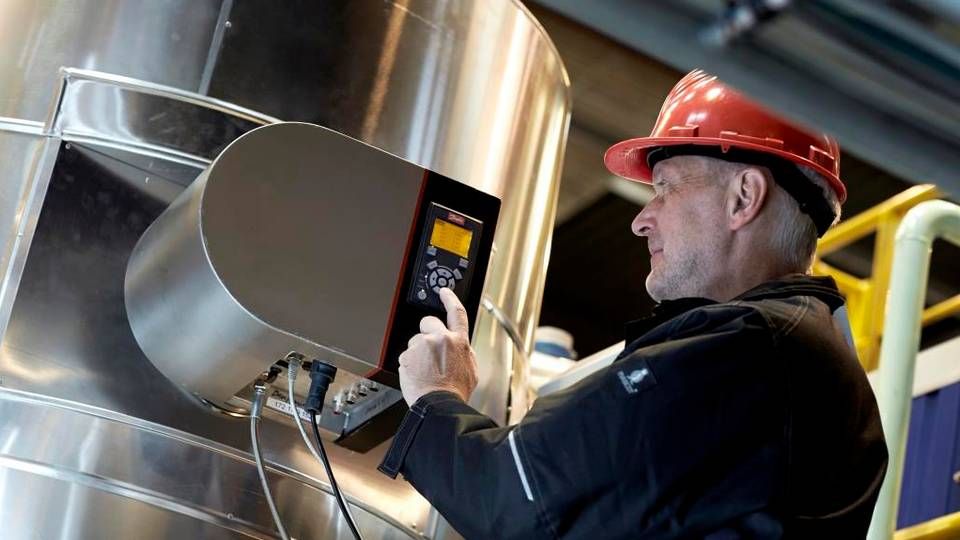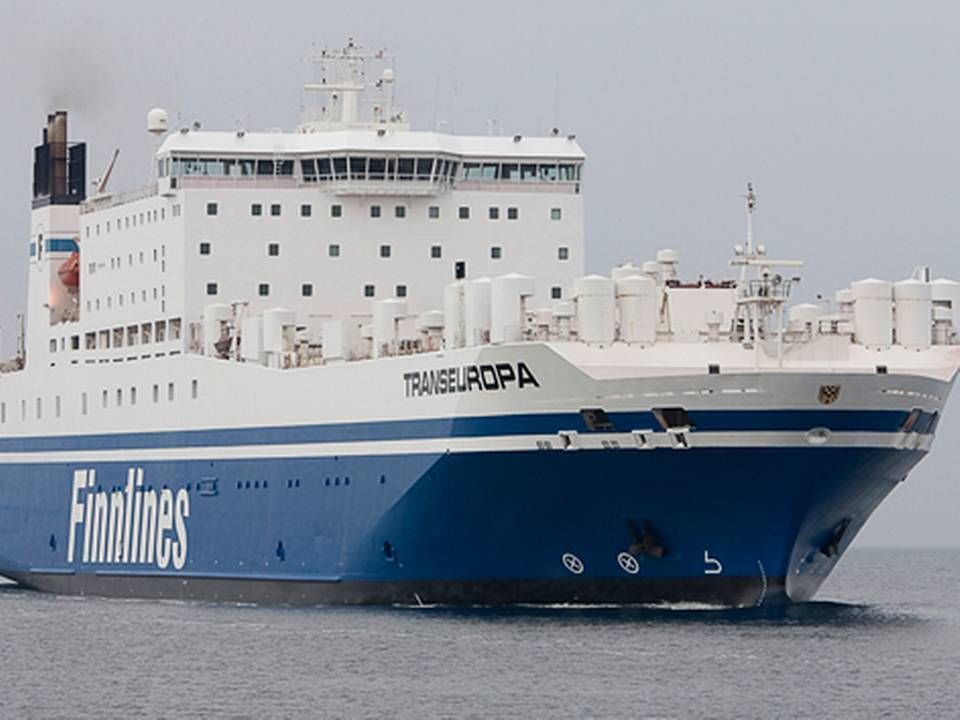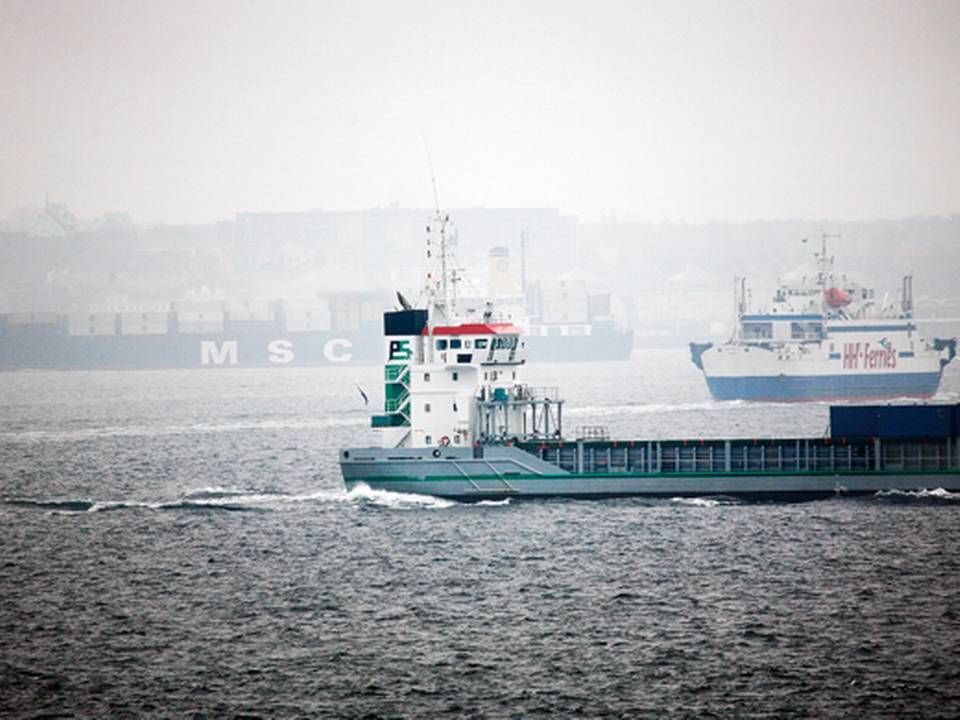Danfoss company ready to help carriers document sulfur compliance

Concerns have been voiced by carriers both before and after the adoption of the global sulfur regulations which will enter into force in 2020: How will the well-behaving players be able to demonstrate that they live up to the requirements? How do you ensure compliance with the regulations and documentation that shipowners are not cheating when logging their fuel consumption at open seas?
Danfoss subsidiary Danfoss ICA has found a solution for this challenge, CEO Frank Hansen tells ShippingWatch. Danfoss IXA has just launched a monitoring mechanism for vessel emissions which will make it possible for carriers to document their sulfur emissions.
Simply put, the technology involves attaching a sensor monitoring fuel emissions to a ship engine. The sensor sends data back and computer software registers all emissions from the ship. This means that the ship's owner will be able to document how the ship has complied with the sulfur requirements by presenting data from the ship's voyages.
Extra costs could become a competitive edge
The technology is the first of its kind in the world and has just entered the market. Hansen has great expectations for the sale of the sensor and software.
"Emissions control on land, for example by KommuneKemi [Danish waste management services - ed.] have been around for a long time. The innovative feature is that you measure everything that comes out of a vessel's exhaust at sea. That means that control is ensured. You cannot send out drones over the Atlantic or install sniffers on the Oceans, but you can gather data and document vessels' emissions by picking up the phone or accessing a website, and later on you can monitor the requirements for emissions of nitrogen," says Frank Hansen.
It will cost carriers DKK 150,000 (USD 21,000) per vessel to install a sensor and acquire the software which can document sulfur emissions. That means that carriers should expect that additional cost, as well as the costs of retrofitting a vessel so that it can sail on LNG with a dual-fuel motor, or install a scrubber. Significant expenses, which container carrier MSC has told ShippingWatch will run up to more than USD 2 billion, while Maersk Line also anticipates that the bill will end up costing billions.
But the current major expenses will not deter shipowners from installing the monitoring mechanism, says Hansen.
"Many shipowners have a really strong focus on securing equal conditions for all carriers and ensuring compliance with the sulfur cap, therefore I believe that they will be willing to put up money to document that they are complying with the new regulations. And it would also give them a competitive advantage to be able to demonstrate to customers and partners that they are compliant with the requirements," he says.
Five to ten year lifespan
Danfoss IXA has been working on the technology for a year, and within the last few months has begun to collaborate with a Japanese engine manufacturer and with Hyundai in South Korea. Hansen estimates that the sensor and software can last five to ten years.
Compliance with the sulfur requirements, and how to deter sulfur violators, has been a topic of discussion for as long as was the case with the introduction of the regional sulfur framework on Jan. 1 2015, as well as the now-impending global sulfur rules which will come into force from 2020.
Shipowners' concerns have been expressed by, in particular, industry association Trident Alliance, which counts several prestigious members such as Maersk Line, Cargill, Hapag-Lloyd and J. Laurtizen. Most recently, concerns emerged after it was decided that the global sulfur regime would enter into force in 2020, a decision reached in October at a meeting of the IMO's Marine Environment Protection Committee, MEPC.
"Enforcing the global sulfur cap will be even more challenging than enforcing the ECA zones. We will need a plan of action to ensure consistent implementation internationally, high enforcement activity as well as sanction schemes that actually are a deterrent," Anna Larsson, Chairman of Trident Alliance, told ShippingWatch.
Finnlines surpassed itself again in the third quarter
Related articles
Finnlines surpassed itself again in the third quarter
For subscribers
Sulfur cap survey documents significant reductions
For subscribers
LNG industry enthusiastic after IMO sulfur decision
For subscribers





















